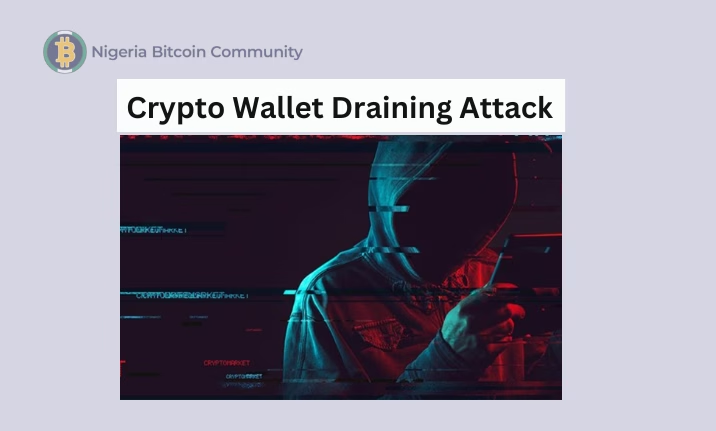The crypto world is full of opportunities, but it’s also rife with risks.
One of the most destructive threats is a wallet draining attack.
Imagine waking up to find your crypto portfolio emptied in the blink of an eye.
For a friend of mine, this nightmare became a reality when all four of his wallets were wiped out in a single devastating attack.
Such incidents serve as stark reminders of the importance of robust security measures in the crypto space.
This post discusses wallet draining, its causes, and how to protect yourself.
Post Summary
What Is Wallet Draining?
Wallet draining is the unauthorized and often irreversible transfer of assets from a cryptocurrency wallet, leaving the owner with a balance of zero.
It can be executed through malicious actors exploiting vulnerabilities in wallet security, manipulating smart contracts, or deceiving users into unknowingly giving access to their funds.
Unlike traditional bank accounts, crypto wallets do not have a central authority to reverse fraudulent transactions.
Once funds are moved, they are gone for good, making it crucial for wallet owners to stay vigilant.
Wallet draining is not limited to seasoned traders; it can target anyone, from crypto newbies, experienced investors to crypto projects.
Key characteristics of wallet draining include:
- Silent execution: Victims often realize the attack only after their funds are gone.
- Anonymity of attackers: The pseudonymous nature of blockchain makes tracing culprits challenging.
- Irreversible transactions: Blockchain’s core feature of immutability ensures that once transactions are validated, they cannot be undone.
How does a wallet draining occur? It is exhaustively discussed in the next section.
How Does Wallet Draining Happen?
Wallet draining is orchestrated through various tactics, each exploiting different aspects of vulnerabilities.
Here are some common methods:
Malware Attacks
Malware such as keyloggers and trojans can infiltrate a user’s device, capturing keystrokes or sensitive data, including wallet credentials.
Some advanced malware can even extract private keys from memory or scan for specific wallet files.
Phishing Scams
Attackers create convincing fake websites, social media accounts, or emails that mimic legitimate crypto services.
Users are lured into entering their wallet details or seed phrases, unknowingly handing over full access to their funds.
Smart Contract Exploits
Malicious smart contracts can request unrestricted access to wallets.
When users sign such…
Click Here to Read the Full Original Article at NIGERIA BITCOIN COMMUNITY…
























